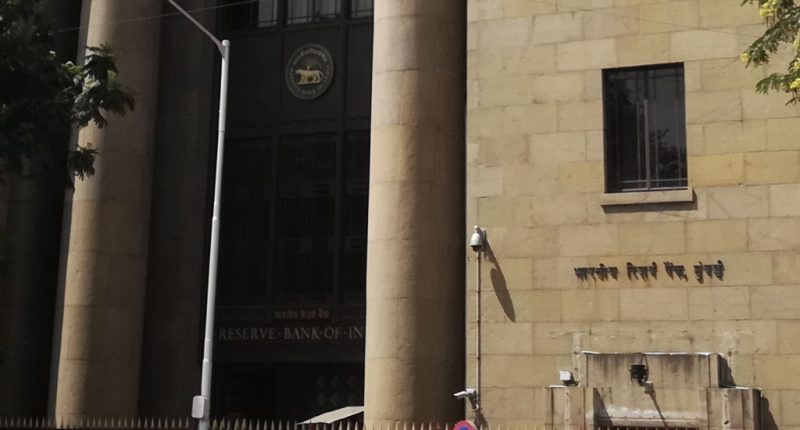In what would further bolster UPI — an already impressive and powerful payment infrastructure backed by the Indian government — India’s central bank (RBI) has now allowed linking credit cards with the UPI. Up until now, users could only link their current/savings accounts to UPI via debit cards.
The announcement came during RBI governor Shaktikanta Das’s Monetary policy speech, in which he said, “UPI facilitates transactions by linking savings or current accounts through users’ debit cards. It is now proposed to allow linking of credit cards on the UPI platform to begin with the RuPay credit cards will be linked to UPI. This will provide additional convenience to the users and enhance the scope of digital payments”
The service will initially be available for the home grown RuPay credit cards only, with international networks like Visa and MasterCard soon to follow suit.
It remains to be seen on what the Merchant Discount Rate (MDR) will be for these transactions. MDR is a small percentage of the transaction charged as fee to the merchant, which is distributed among banks and payment service providers. Since UPI is a federally run transaction mechanism, no MDR is charged for it. This has been the prime reason for UPI’s widespread acceptance across the country, but also for it to have become a rather loss making business proposition for most players.
On the other hand, Credit card transactions have the highest MDR at 2-3%. Post the governor’s address, RBI Deputy Governor T Rabi Sankar commented on the matter, saying “Thinking of the pricing structure will be jumping the gun. The basic objective of linking credit cards to UPI is to provide a customer a wider choice of payments. How the pricing of that will work out we will have to see because that is something that the banks and other entities will have to do. At this point we will just introduce the arrangement.”
Another variable is the extra security measures put in place for credit card transactions, like two-factor authentication. UPI does not have the provision for such measures as yet.
The indigenous RuPay card network, which is operated by the National Payments Corporation of India (NPCI), held a 60 percent share of India’s card market in 2020, as per data released by the RBI. And that is after all the resistance it faced in its early days from the likes of Visa and others. However, most of this portion is made up by debit cards, while in the credit card space Visa and Mastercard continue to lead.
The move comes as UPI acceptance is at an all time high. UPI accounted for 60% of all digital retail payments in FY2022. UPI currently has 26 crore users and 5 crore merchants. RBI recently announced UPI making it’s way to feature phones, without requiring internet.





